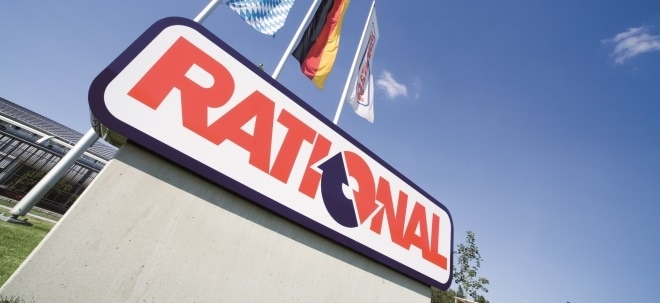Global IoT Antenna Shipments to Reach 13 Billion by 2030 Despite Lingering Post-Pandemic Headwinds
NEW YORK, Oct. 30, 2025 /PRNewswire/ -- Wordwide IoT antenna shipments are projected to recover to 13 billion units by 2030, according to global technology intelligence firm ABI Research. While lingering post-pandemic effects and inflationary pressures have slowed growth across key consumer and industrial markets, renewed momentum is expected as connected home, wearable, and hearable devices stabilize, and new technologies reach maturity.
Bluetooth and Wi-Fi-enabled antennas will account for more than 60% of total shipments by 2030. Among individual antenna types, PCB-trace antennas will lead the market, followed closely by SMT antennas. Even though tariffs and inflationary pressures are expected to linger and depress demand in North America, this region will maintain its lead with roughly a 30% market share, driven by its strong consumer sector for wearables, hearables, and smart home devices.
Technology is also boosting the antenna market and lowering one of the key friction points—the wireless antenna design process. According to Dan Shey, Vice President at ABI Research, "One of the most exciting developments in the antenna market is AI-assisted antenna design software. These tools help device OEMs virtually test antenna placement and performance based on board size and electronic design. They can also assist with component selection and enable direct ordering of antennas and ancillary parts."
Key offerings in this space differentiated by AI features include Ignion's Oxion platform, Taoglas' Antenna Integrator platform, and Kyocera AVX's IoT Solution Optimizer. These developments will help reignite growth in a market that had stagnated in recent years. High interest rates slowed antenna shipments for connected appliances and the collapse of smartphone sales in 2022 hit the hearables market. In addition, the cellular IoT market will continue to experience headwinds due to the delay in 5G IoT device adoption, and slower growth expected in EVs and asset tracking.
In addition, the emergence of Cat-1bis has siphoned significant demand from the cellular antenna market.
"Cat-1bis has taken the market by storm as an inexpensive connectivity technology that significantly lowers device cost while leveraging worldwide 4G coverage," explained Shey. "However, as penetration of this technology continues—replacing Cat-3/4, Cat-1, and Cat-M—devices originally designed with between two and four antennas will now use only one when adopting Cat-1bis."
These findings are from ABI Research's IoT Antennas Market Data report, part of the company's IoT Hardware research service, which includes research, data, and ABI Insights.
About ABI Research
ABI Research is a global technology intelligence firm uniquely positioned at the intersection of technology solution providers and end-market companies. We serve as the bridge that seamlessly connects these two segments by providing exclusive research and expert guidance to drive successful technology implementations and deliver strategies proven to attract and retain customers.
ABI Research是一家全球性的技术情报公司,拥有得天独厚的优势,充当终端市场公司和技术解决方案提供商之间的桥梁,通过提供独家研究和专业性指导,推动成功的技术实施和提供经证明可吸引和留住客户的战略,无缝连接这两大主体。
For more information about ABI Research's services, contact us at +1.516.624.2500 in the Americas, +44.203.326.0140 in Europe, +65.6592.0290 in Asia-Pacific, or visit www.abiresearch.com.
Contact Info:
Global
Jason Scheer
Tel: +1.516.624.2558
pr@abiresearch.com
![]() View original content to download multimedia:https://www.prnewswire.com/news-releases/global-iot-antenna-shipments-to-reach-13-billion-by-2030-despite-lingering-post-pandemic-headwinds-302606195.html
View original content to download multimedia:https://www.prnewswire.com/news-releases/global-iot-antenna-shipments-to-reach-13-billion-by-2030-despite-lingering-post-pandemic-headwinds-302606195.html
SOURCE ABI Research


